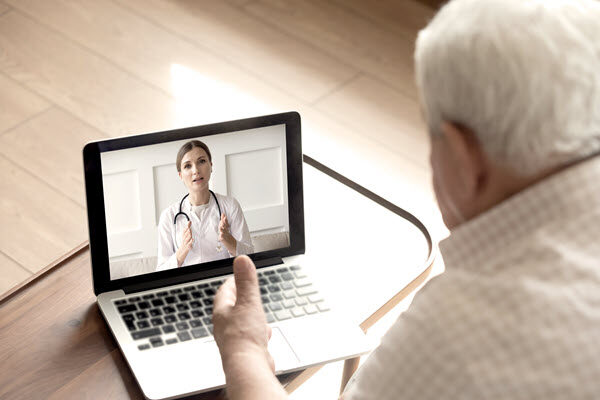At the HLTH conference in Boston this week, telemedicine was the subject of a lot of conversation.
The twin themes of telehealth – replacing visits – and remote monitoring – managing care – dominated panels and the exhibit hall alike. For telehealth, the questions centered on:
- parity of reimbursement rates vs. in-person interactions
- if visits will fall off post-COVID, and
- how to use telehealth to do more than replicate emergency care.
For remote monitoring, there was a growing sense that such monitoring reduces the ongoing burden of chronic disease management. Remote patient monitoring replicates the in-person experience by ensuring ongoing data collection. Then, remote monitoring is able to drive action earlier and reduce ER visits thanks to early interventions taken based on that data.
The next generation of telehealth will see adoption of this data into clinical workflows. Remote monitoring 2.0 will be more about augmenting real-time data with additional insights.
Even today, blood pressure taken once every three months at an in-person follow up does not give a complete picture of a patient’s health.
Care delivery that is episodic requires discharge and release. Monitoring allows a health system to never discharge but, instead, proactively “keep” an individual in the care system. This is how providers can get to the place of eliminating the walls between in-care and at-home care.
Demographics of aging indicate at-home care is a must, so systems that are taking investments upstream will gain the necessary experiences to make improvements. Those who fail to engage early, will be left behind.

